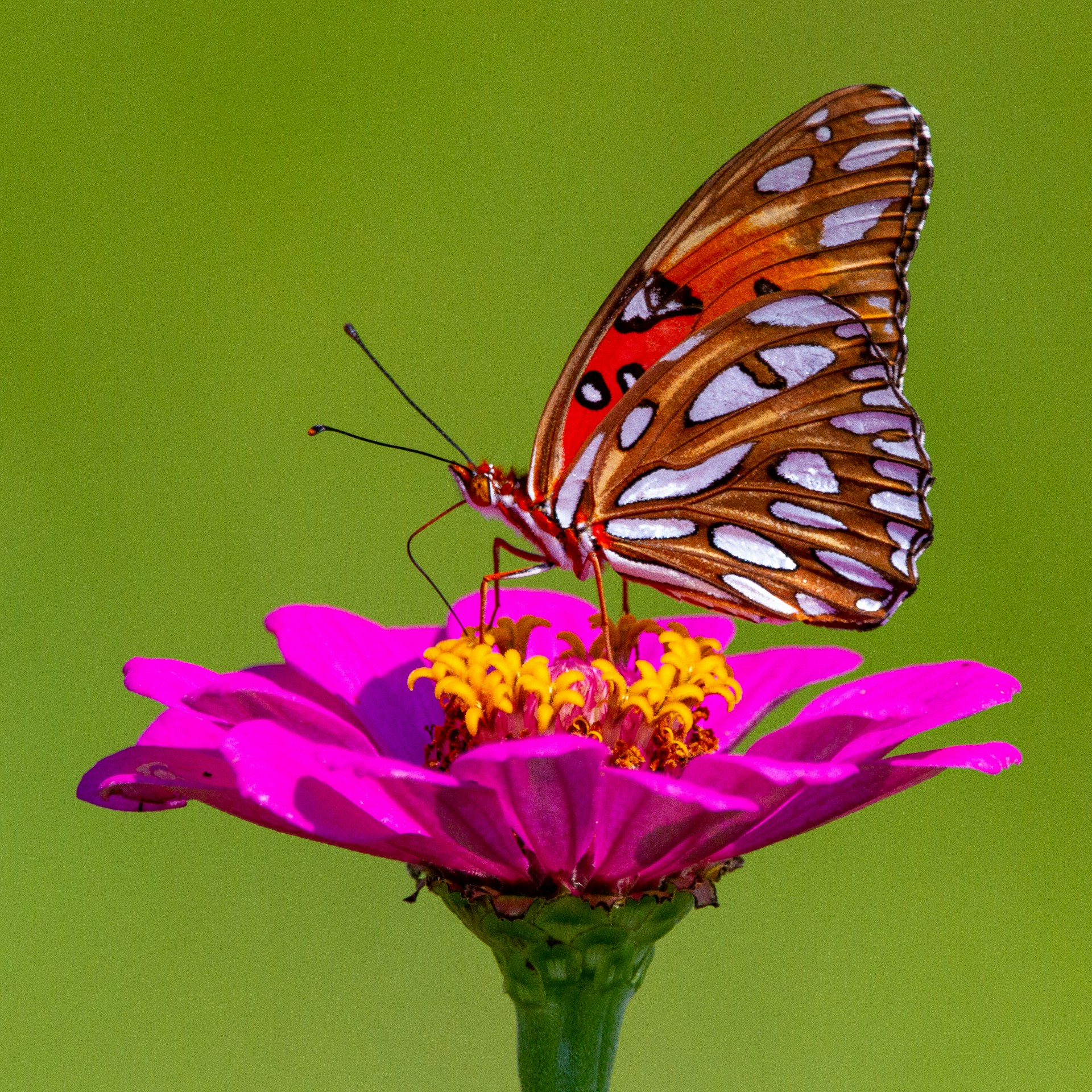Choosing the Right Plants
Creating a pollinator-friendly garden starts with the choice of plants. Many consider this to be the most exciting part of the process. According to the Old Farmer’s Almanac, it is crucial to select plant species that bloom at different times of the year. This strategy ensures a consistent food source for pollinators, regardless of the season.
So, which plants are the best? Native plants are always a good start. They attract native bees and butterflies and provide the essential food they need. For instance, consider milkweed for monarch butterflies and beebalm for hummingbirds and bees. Non-native plants like lavender, sage, sunflowers, and asters are also great as they attract a variety of pollinators.
Designing the Garden Layout
The structure and layout of your garden also significantly influence its attractiveness to pollinators. According to Architectural Digest, clustering similar plants together makes it easier for pollinators to find and access them. Picture a colorful patch of bloom from coneflowers or sunflowers, isn’t it eye-catching for us, and even more so for critters?
Planning the layout entails considering the tiered positioning of plants. Tall species like native sunflowers or Joe Pye weed at the back and shorter ones like purple coneflowers or lavender to the front creates an enticing depth and diversity for pollinators. Also, remember to provide enough space between plants for easy navigation.
Applying Sustainability Practices
A thriving garden is more than just its residents; it’s also about the underlying practices. Healthy soil and efficient water usage contribute greatly to a successful pollinator garden. As suggested by Real Simple, Top tip is to avoid using pesticides; these chemicals not only harm pests but also beneficial pollinators. Instead, opt for organic matter—compost, aged manure, or leaf mold—to nourish your soil.
Water-wise, check whether the plants you have selected prefer dry, moist, or wet conditions, and group them accordingly. This knowledge prevents wastage of water and ensures a happier, healthier garden.
Creating Habitat Features
Finally, a truly pollinator-friendly garden embraces the full range of habitat needs for its welcome guests—food, water, and shelter. Spark your creativity and add features that cater to these. For instance, insect hotels crafted from bundles of bamboo or drilled wood blocks offer places for solitary bees to nest.
Birdbaths or puddling stations provide necessary water sources and serve as communal spots for butterflies and birds. You can create butterfly puddling stations by filling a shallow dish with sand, salt, and enough water to make it moist. It’s almost like crafting a miniature oasis in your garden!

